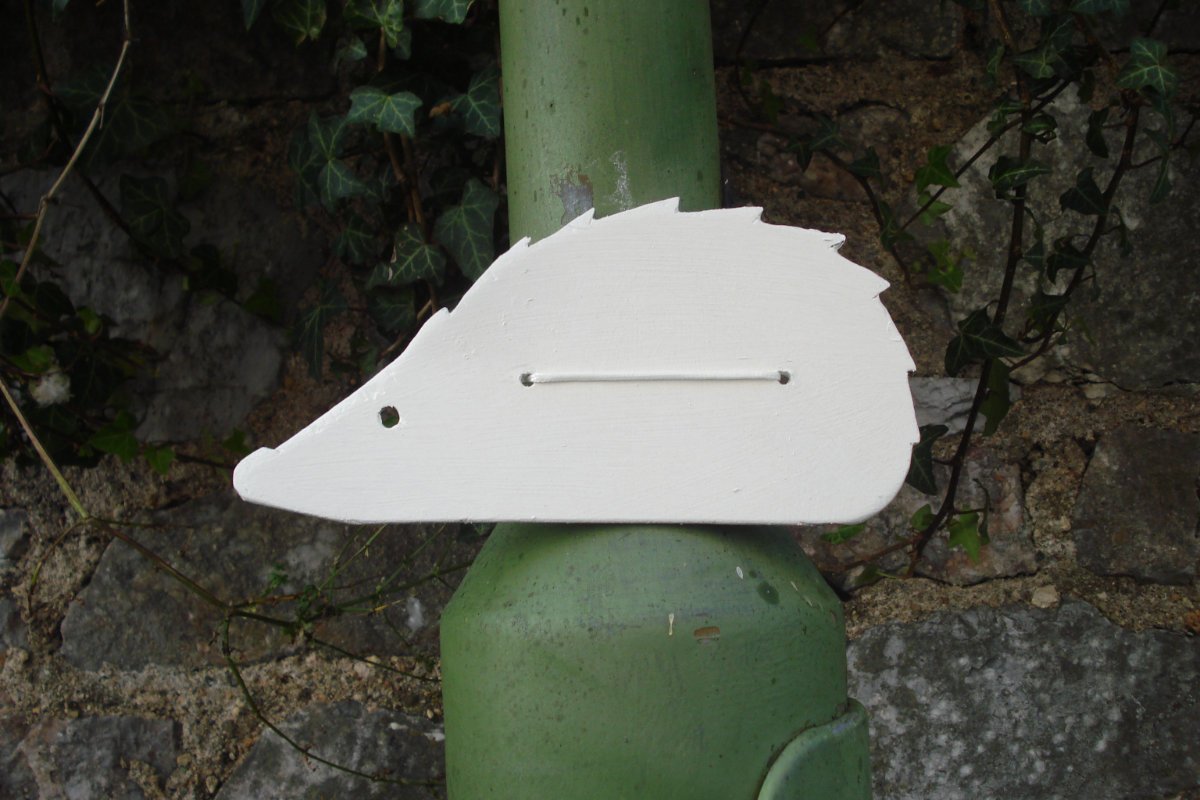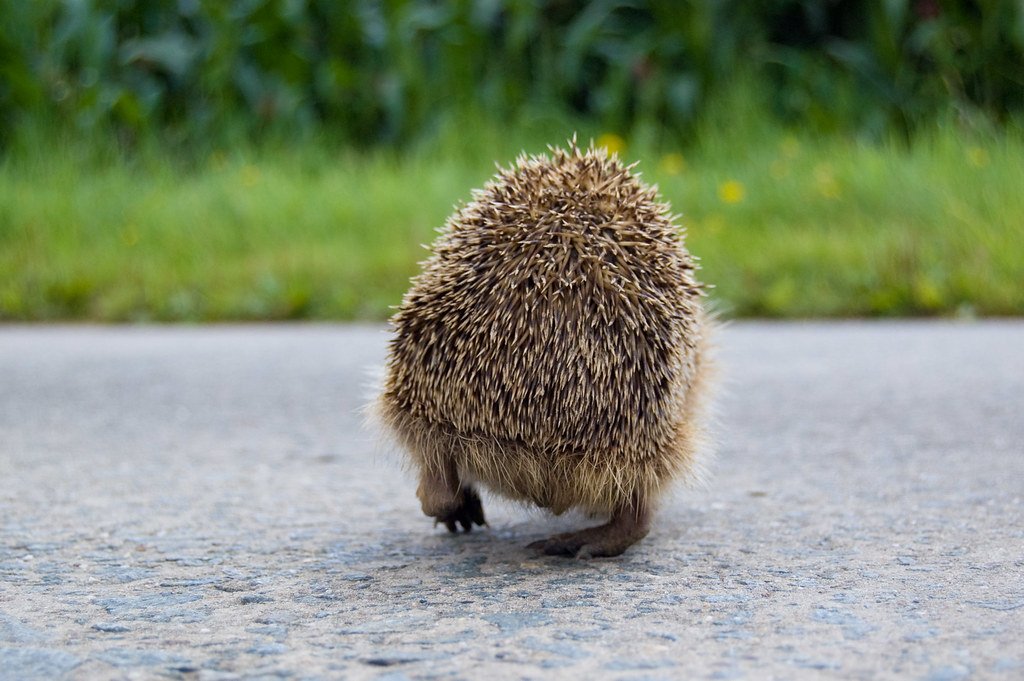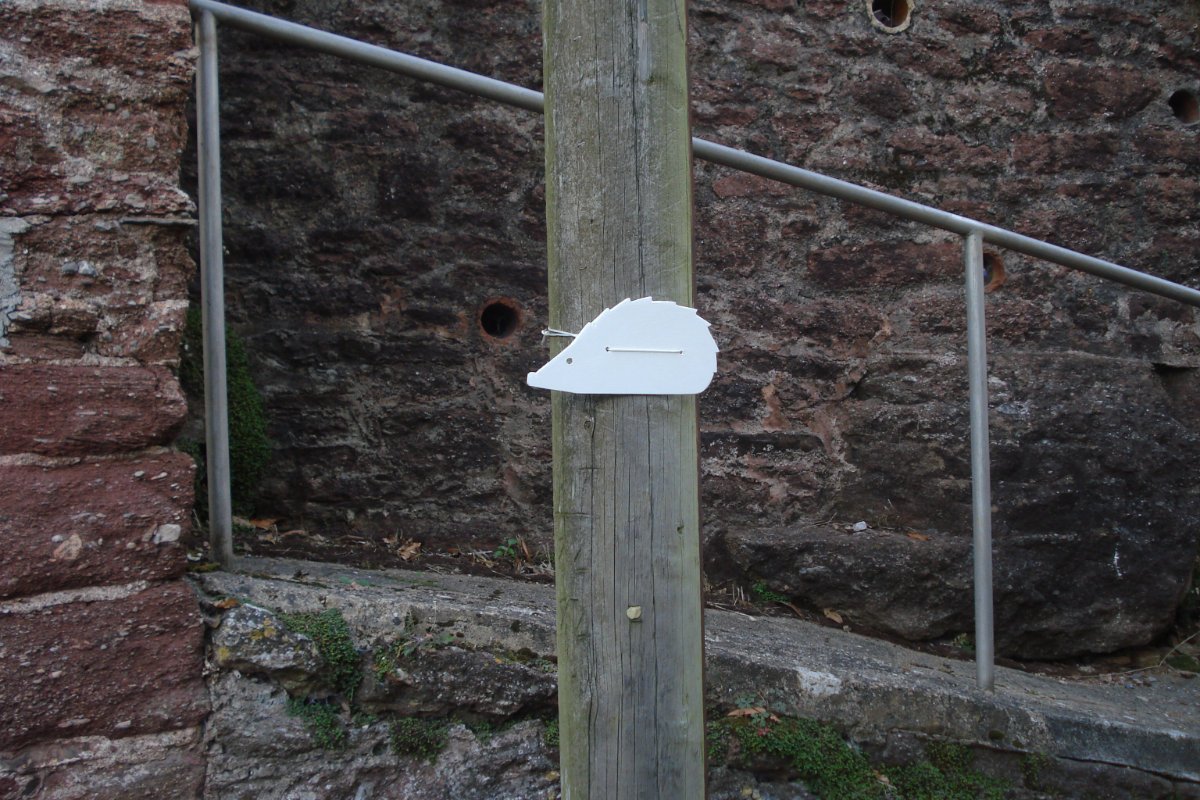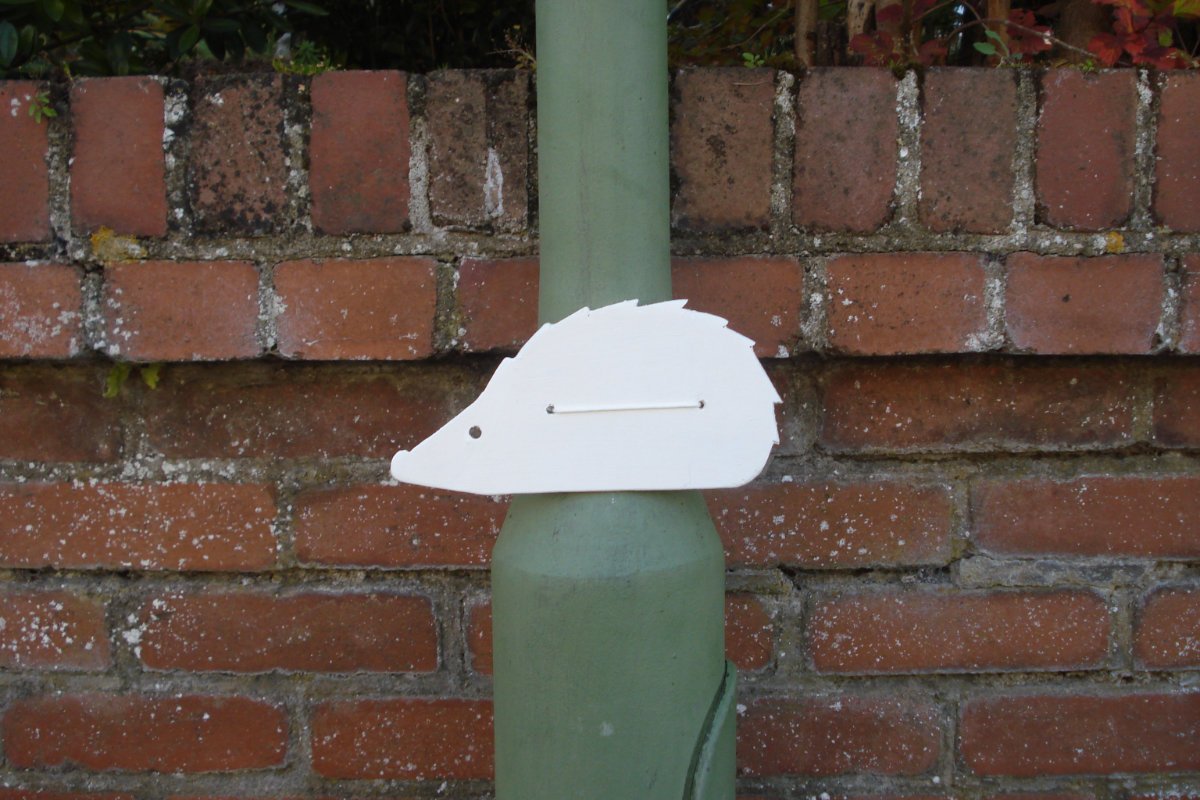
The dead hedgehog was clearly the previous night’s roadkill. The body was fresh, judging from the staining on the asphalt. It had been hit ten or so feet away from where it had died, its last short, slow journey made, I imagine, in agony. The place where it died is now marked by a ghost.
Around the same time a second hedgehog was killed in a road collision not far away, its body, like the first, quickly crushed pancake-flat. A few weeks later there was a third, mangled in a nearby gutter. Two more ghosts. None of these animals were on main roads. Instead they were the casualties of traffic on quiet, suburban streets in a medium-sized seaside town. The day before I sat down to write this, I noticed a fourth dead hedgehog, a little further away, in a small car park. Squashed flat as usual. You would have thought a hedgehog would be safer in a small car park.

Towns and cities seem to be places where hedgehogs are just about hanging on, despite their Russian roulette-like road journeying. Hedgehogs roll into a ball and use their prickles as a defence when they sense danger, a tactic of little use against cars, vans and lorries. The best estimate is that road collisions cause between 100,000 and 300,000 hedgehog deaths a year in Britain, a significant factor, although far from being the only one, in their precipitous decline – there are thought to be fewer than one million hedgehogs left in the UK, compared with some 30 million in the 1950s. In July, the month I started noticing the bodies, hedgehogs were classified as vulnerable to extinction in the UK, in the first Red List of British mammals.
Last year the Department for Transport (DfT) launched a road sign designed to be erected in places with a large number of fatalities of small mammals, such as hedgehogs, otters and badgers; the triangular sign sports a cartoon-like image of a hedgehog. Earlier signage had targeted smaller animals, such as toads, or larger ones, such as deer or farm livestock. The DfT said it hoped the initiative would help reverse the decline in wildlife numbers, while the then transport secretary Chris Grayling urged local councils to identify wildlife hotspots where the signs should be located. The number of dead hedgehogs near where I live, in Paignton, south Devon, suggests the area’s gardens, parks and odd pieces of waste ground are just the kind of hotspot Grayling had in mind.
I broke a lifetime’s habit after seeing the first dead hedgehog and wrote to one of my local councillors, asking whether Torbay Council would consider installing these signs in places where hedgehog deaths were commonplace. He replied the following day, was sympathetic, shared my concern for the welfare of hedgehogs, and promised to put the suggestion to the council’s highways department. I heard nothing from them.

In a statement issued in answer to my questions while writing this article, Mike Morey, cabinet councillor for environment, said: “As we are not currently aware of a specific local issue we don’t have any immediate plans to erect any signage, however, we will continue to monitor the situation and if we feel there is a need for these signs we would consider it.” The DfT said councils needed to provide evidence of large numbers of animals in a road before the signs could be erected, adding:
“The sign warning of small wild animals must be authorised by the department before it can be placed. To date no authorisations have been issued.”
You begin to wonder if there is a Red List of endangered British road signs, and whether this one should be added.
In the meantime there are ghosts. Members of the Dorset Mammal Group at Pimperne, near Blandford Forum, began attaching small, wooden, white-painted ghost hedgehogs to street lamps and road signs after counting more than 20 squashed animals on the village’s roads in one year, part of a campaign to make Dorset the most hedgehog-friendly county in the country. They are similar to the ghost bikes that mark places where cyclists have lost their lives. Susy Varndell, the Dorset Mammal Group’s hedgehog leader, said:
“There has certainly been a surge of interest in ghost hedgehog signs. People have been asking how to make them and where to get them. We hope the initiative will make drivers more cautious in towns and villages, and hopefully it will catch on in other counties too.”

The ghosts do seem to be catching on. There are now a few ghost hedgehogs in Exeter, in the Torbay towns as already mentioned, and probably other places, although whether drivers will take much notice is moot. Hedgehogs are regularly voted Britain’s favourite mammal but the speed with which their roadkill bodies are squashed flat, and flatter still, suggests a certain indifference when they become casualties of traffic. The ghost of the first dead hedgehog I saw during the summer, the wooden silhouette tied to a lamp post, overlooking the place where the animal lost its life, has a tiny, lozenge-shaped blotch of congealed white paint below its eye, which the brush missed, and which makes it look as if the spectral creature is shedding a tear. Is it crying for its own species? Or is it despairing of ours?





